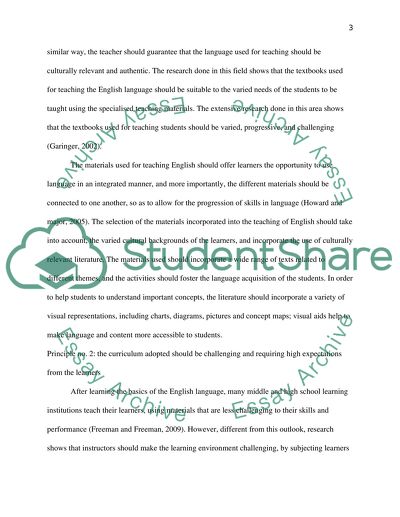Cite this document
(“Effective pedagogic principles in primary teaching today Essay”, n.d.)
Effective pedagogic principles in primary teaching today Essay. Retrieved from https://studentshare.org/education/1645650-effective-pedagogic-principles-in-primary-teaching-today
Effective pedagogic principles in primary teaching today Essay. Retrieved from https://studentshare.org/education/1645650-effective-pedagogic-principles-in-primary-teaching-today
(Effective Pedagogic Principles in Primary Teaching Today Essay)
Effective Pedagogic Principles in Primary Teaching Today Essay. https://studentshare.org/education/1645650-effective-pedagogic-principles-in-primary-teaching-today.
Effective Pedagogic Principles in Primary Teaching Today Essay. https://studentshare.org/education/1645650-effective-pedagogic-principles-in-primary-teaching-today.
“Effective Pedagogic Principles in Primary Teaching Today Essay”, n.d. https://studentshare.org/education/1645650-effective-pedagogic-principles-in-primary-teaching-today.


